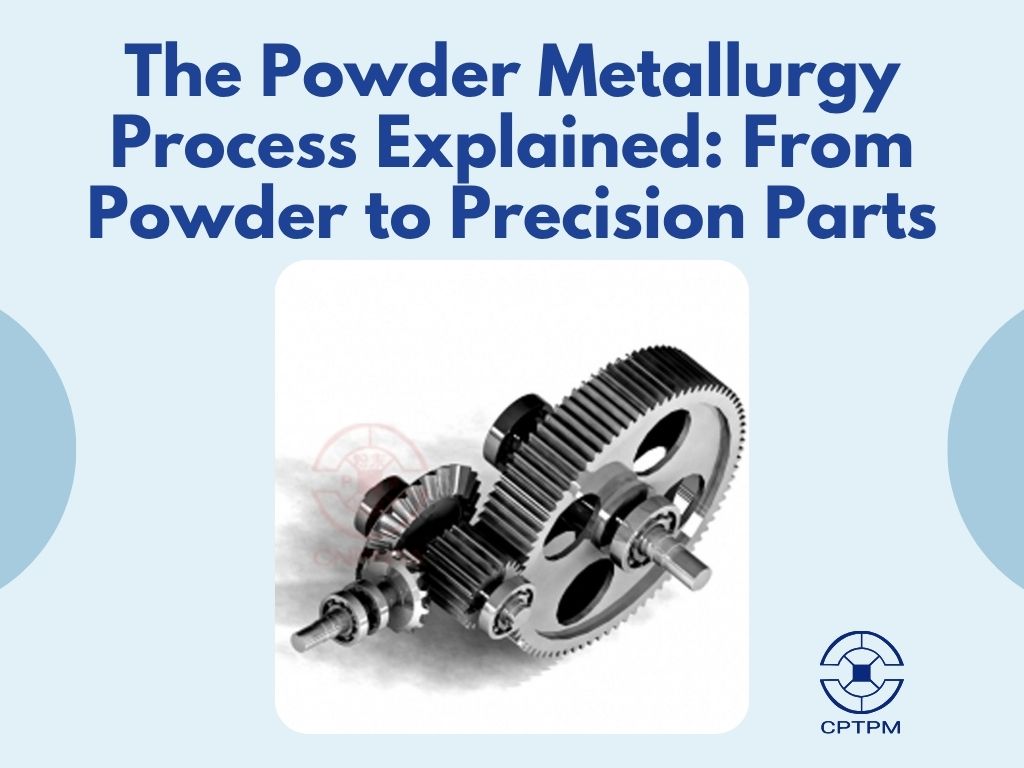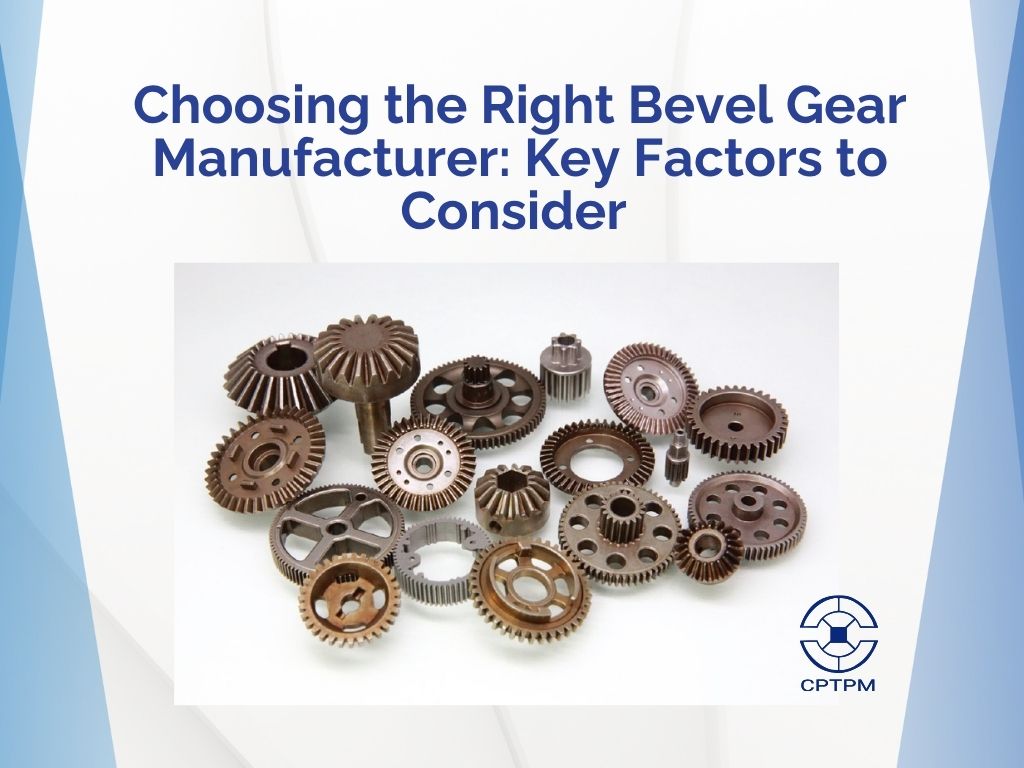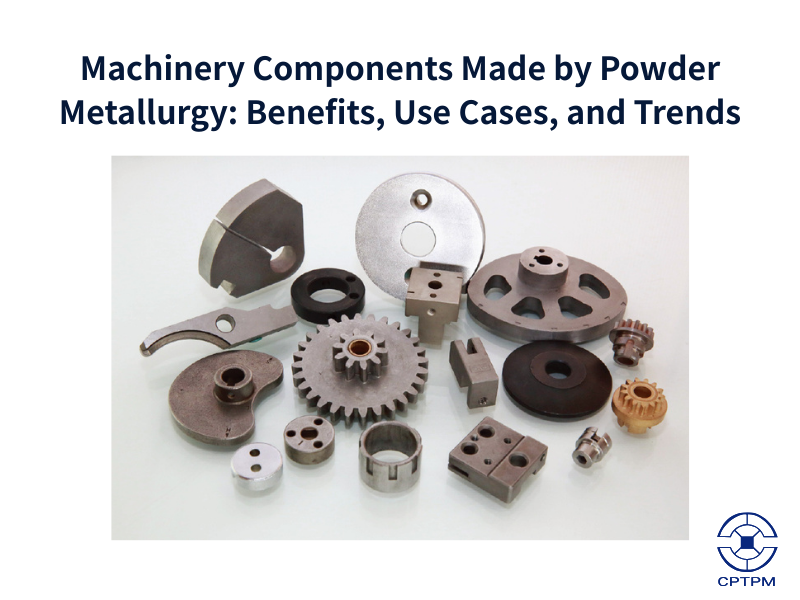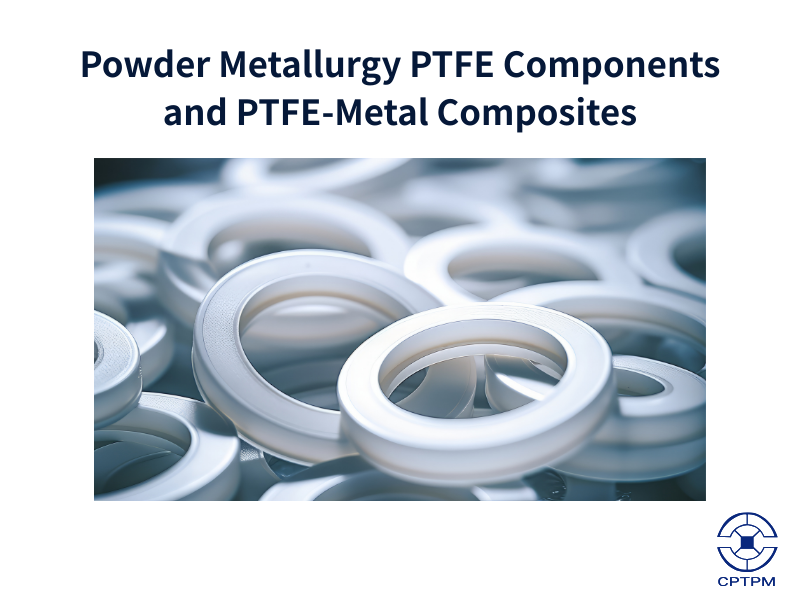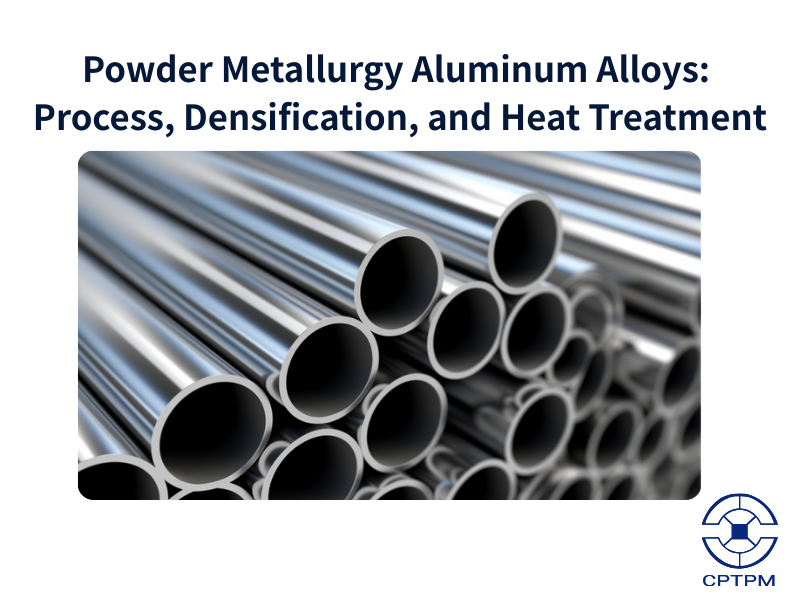10.032025
Choosing the Right Bevel Gear Manufacturer: Key Factors to Consider
In this article, we’ll explore the essential factors to consider when selecting a bevel gear manufacturer and explain how advanced technologies like powder metallurgy (PM) have redefined the standards of bevel gear production.
09.012025
Powder Metallurgy PTFE Components and PTFE-Metal Composites
Powder metallurgy is not only applicable to metals but can also be effectively used to produce PTFE (Teflon) components. PTFE is known for its low friction coefficient, excellent chemical resistance, and outstanding electrical insulation, which makes it widely used in bearings, gaskets, seals, and wear-resistant sliding elements.
09.012025
Powder Metallurgy Aluminum Alloys: Process, Densification, and Heat Treatment
The characteristics of powder metallurgy aluminum alloys include low density, high specific strength, and good thermal conductivity. By adjusting alloying elements, properties such as wear resistance and high-temperature strength can be tailored. Compared with cast materials, powder metallurgy aluminum alloys exhibit finer grains and more uniform elemental distribution, resulting in superior mechanical properties and dimensional stability.
